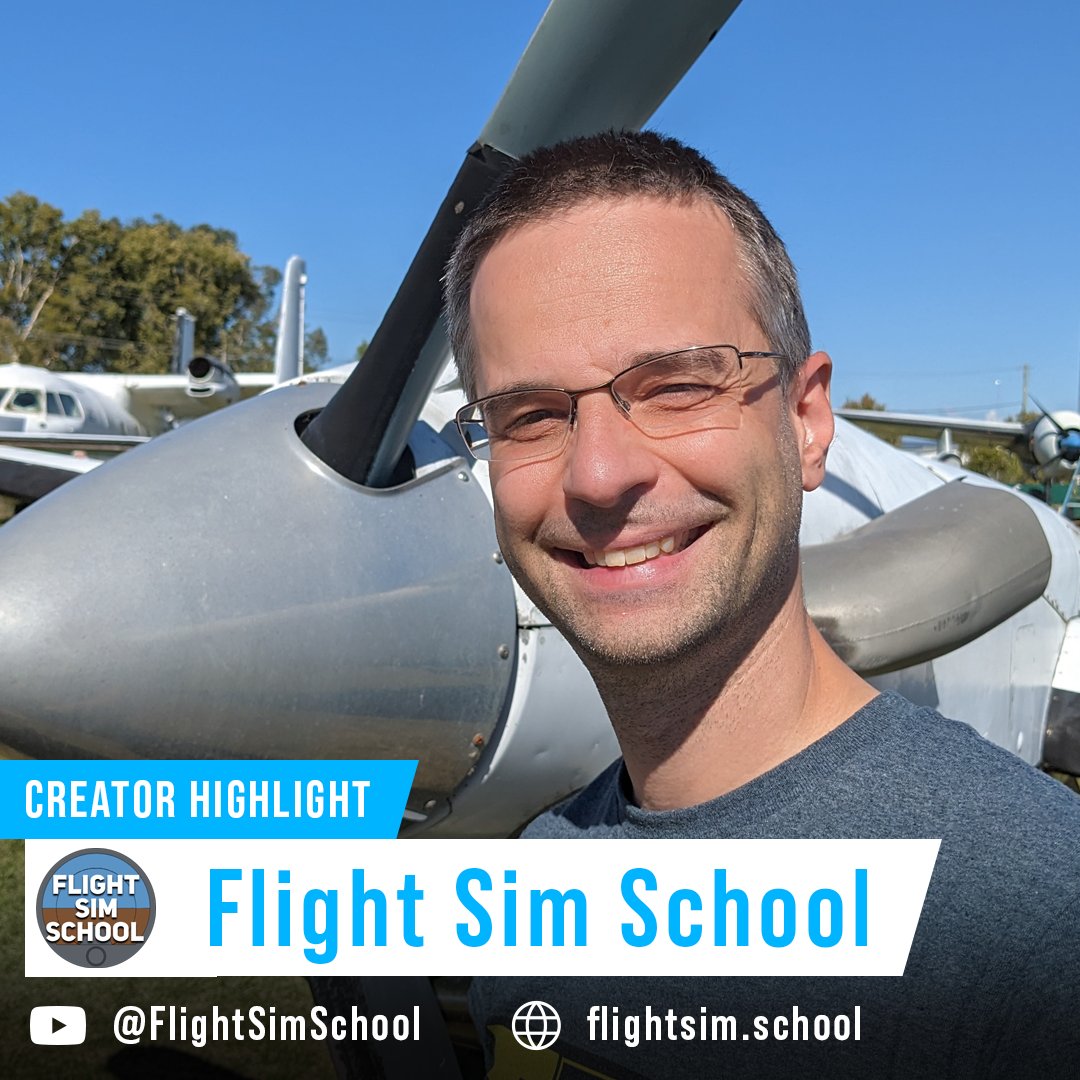The Saab B 17A, a pillar of Swedish aerospace history from the early 1940s, is now available for Microsoft Flight Simulator users to explore the skies.
BORN OF SWEDISH INNOVATION
The B 17A, a Swedish single-engine, two-seat dive bomber, traces its lineage to the birth of Saab (Svenska Aeroplan AktieBolag), one of the world’s leading aerospace and defense firms. The Saab 17, of which the B 17A is a derivative, was the first aircraft produced by Saab, and as such, it was integral to the early growth of the company.
With World War I still fresh in the minds of military decision makers, in the mid-1930s, the Swedish government outlined a defense plan that included four dive bomber units. The country’s nascent aerospace industry had experience with dive bombers; the Swedish subsidiary of the German firm Junkers had developed the K 47 attack aircraft in the 1920s, although Sweden did not use them. The K 47 had proven successful in early dive bombing tests and would form the basis of the Junkers Ju 87 Stuka dive bomber used by the Germans in World War II.
In the mid-1930s, Sweden’s military used the Northrop 8A-1, the export version of Northrop’s A-17 light attack and dive bombing aircraft that the Swedes designated the B 5. They also used Fokker C.V biplanes for light bombing and reconnaissance. In 1936, they sought a more operationally robust aircraft, one that could perform not only dive bombing, but ISR data collections, forward observation, and surface attack. Furthermore, they wanted this aircraft to be developed and produced in Sweden, by a Swedish company. The military outlined a specific plan to supply their Air Force with 257 warplanes by 1943.
The initial design work for the prospective aircraft, called the L-10, began as a top- secret project conducted jointly by the Swedish company ASJA and the Douglas Aircraft Company of the United States. Saab, which formed on April 2, 1937, took over the L-10 project when it purchased ASJA in March of 1939. Saab continued exclusive development of the aircraft and successfully test flew it on May 18, 1940. Impressed by the airplane’s performance, the Air Force ordered two variants, a reconnaissance version they designated the S 17, and a diver bomber, the B 17. They created three iterations of the B 17, the B 17A, the B 17B, and the B 17C. Each was based on engine type, with the B 17A fitted with the most powerful motor.
THE AIRCRAFT
The B 17A is a purpose-built derivation of the Saab 17, a multi-role military airframe designed to fulfill the roles of ISR (intelligence, surveillance, and reconnaissance) data collections, forward observation, surface attack (including maritime torpedo missions), and bomber. The Saab 17 took its maiden flight on May 18, 1940, and was introduced in March of 1942. Saab manufactured 326 17s, 264 of which were dive bomber variants; 132 were B 17A versions.
The Saab B 17A is one of the most distinctive aircraft of the World War II era. It features a long “greenhouse” canopy over the airplane’s tandem two-seat cockpit, a mid-wing design, a traditional empennage, and conspicuously large main landing gear doors. During bombing runs, pilots deployed the landing gear and the gear doors acted as air brakes, maintaining a measured dive speed and stabilizing the aircraft for bomb release. The Saab 17 was notable for a series of engineering feats, like being the first Swedish all-metal, stressed-skin aircraft, and using recessed rivets to optimize airflow at the boundary layer of the airplane’s surfaces. The B 17 could also accommodate skis or floats in place of wheels for landing gear.
The B 17A was used as a test vehicle for early ejection seats by the Danish Brigade in Sweden who were organized to fight German forces in World War II. The Ethiopian Air Force operated a fleet of the airframe from 1947 to 1968.
The B 17A measures 32 feet, 10 inches in length, stands 14 feet, 9 inches tall, and has a wingspan of 44 feet, 11 inches. It is powered by a 1,065-horsepower STWC-3 engine, which is an unlicensed copy of the Pratt & Whitney R-1830 S1C3G 14-cylinder, dual-row, radial piston engine. The B 17A has a range of 606 miles and a top speed of 270 miles per hour.
The Microsoft Flight Simulator Saab B 17A comes with seven liveries:
- SE-BYH; Swedish Air Force (17342)
- Swedish Air Force (17396)
- Imperial Ethiopian Air Force (319)
- Finnish Air Force (SH-1)
- Xbox Aviators Club
- Aviators Club
Try it out today! It is available in the in-sim marketplace for $14.99. The sky is calling!
Microsoft Flight Simulator is available for Xbox Series X|S and PC with Xbox Game Pass, PC Game Pass, Windows, and Steam, and on Xbox One and supported mobile phones, tablets, and lower-spec PCs via Xbox Cloud Gaming. For the latest information on Microsoft Flight Simulator, stay tuned to @MSFSOfficial on Twitter.

